Introduction to Fuel Tanker Trailers
Fuel tanker trailers are specialized vehicles designed for transporting hazardous materials like gasoline, diesel, and other petroleum products. As a critical component of the logistics and transportation industry, these trailers must meet stringent safety standards while also maximizing efficiency. One of the most frequently asked questions by industry professionals and prospective buyers is, “How long is a fuel tanker trailer?”
In this article, we delve into the dimensions of fuel tanker trailers, factors influencing their sizes, and the various configurations available in the market.
What Determines the Length of a Fuel Tanker Trailer?
The length of a fuel tanker trailer can vary significantly based on several factors, including:
Regulatory Standards
- Different regions have specific regulations governing the dimensions of commercial vehicles. In the United States, for instance, federal guidelines may differ from state-level regulations, affecting the allowable trailer length.
Cargo Capacity
- The size of the trailer is often directly proportional to the volume of fuel it is designed to carry. Standard configurations typically range from 25 to 53 feet in length, with larger models offering increased capacity.
Axle Configuration
- The number of axles greatly influences the trailer’s length. A tandem axle setup can provide better weight distribution and stability, often necessitating a longer trailer.
Type of Fuel
- The type of fuel being transported may dictate the design and dimensions of the trailer. For example, gasoline requires a different tank shape compared to diesel.
Manufacturer Specifications
- Different manufacturers may offer a range of standard and custom lengths based on their production capabilities and customer needs.
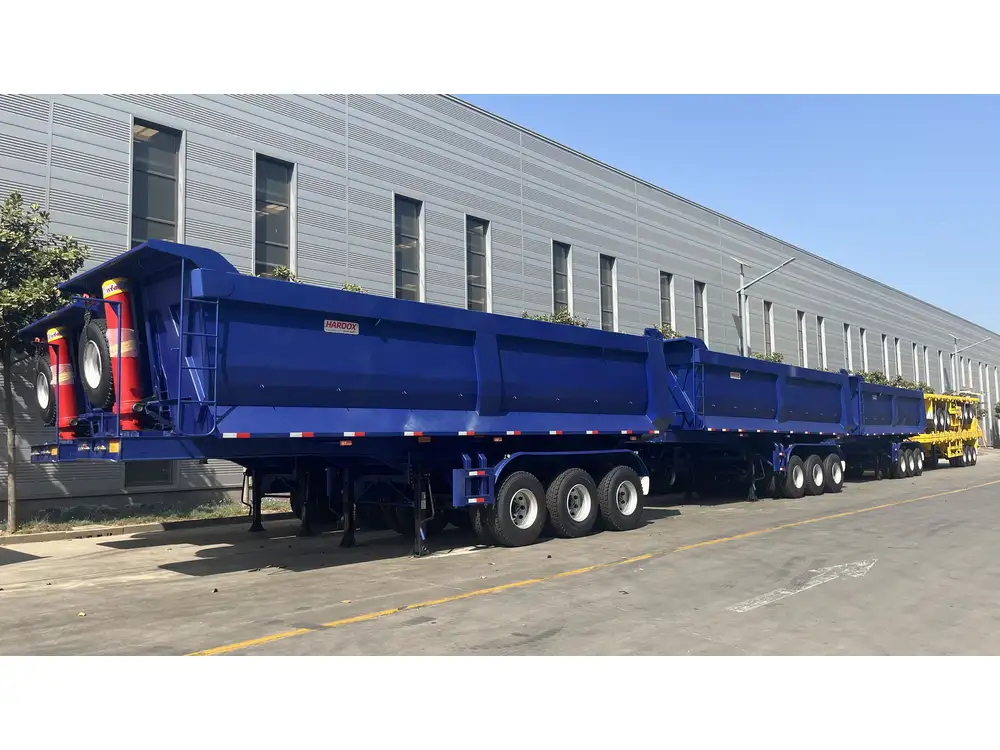
Standard Lengths of Fuel Tanker Trailers
To provide clarity, here’s a breakdown of the standard lengths of fuel tanker trailers based on common configurations:
| Trailer Configuration | Length Range (feet) | Typical Volume (gallons) |
|---|---|---|
| Single Axle | 25 – 30 | 3,000 – 5,000 |
| Tandem Axle | 40 – 50 | 5,000 – 8,000 |
| Triaxle | 45 – 53 | 8,000 – 11,000 |
| Specialized Jet Tanker | 50 – 53 | 10,000 – 15,000 |
The Importance of Proper Sizing
The choice of length and configuration is critical for several reasons:
1. Compliance with Regulations
Adherence to local, state, and federal regulations is non-negotiable. Incorrectly sized trailers can lead to fines and allowability issues on public roads.
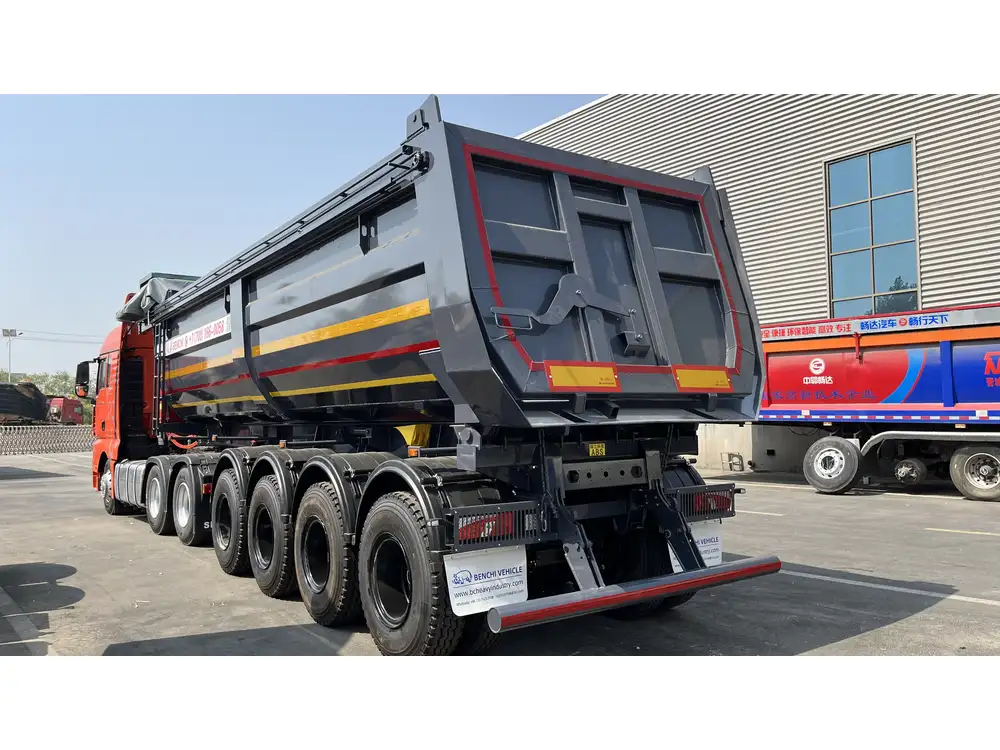
2. Safety Considerations
Longer trailers pose unique challenges in terms of maneuverability. Operators need to be trained to handle increased turning radii and braking distances that come with longer vehicles.
3. Cost Efficiency
Fuel efficiency can be impacted by trailer length and design. Longer trailers may present higher wind resistance, thereby influencing fuel consumption.
4. Loading and Unloading Capabilities
The length and design also affect how product loading and unloading are conducted. A well-designed fuel tanker trailer should ease the operational burdens related to these processes.
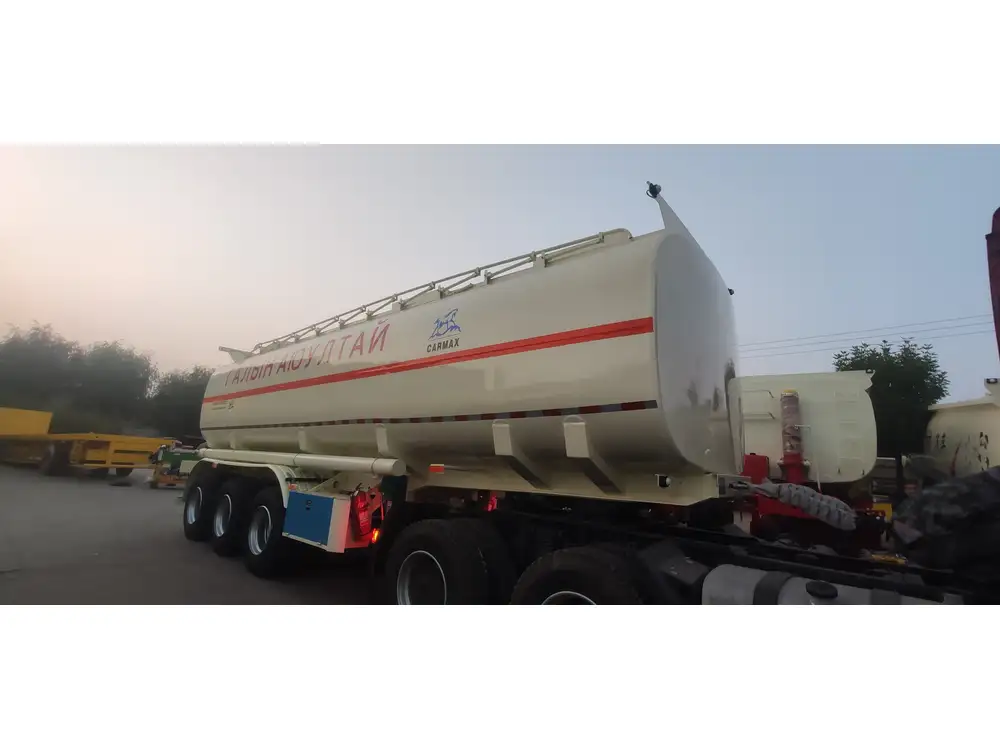
Types of Fuel Tanker Trailers
When discussing fuel tankers, it’s essential to recognize the different types available in the market, each serving a unique purpose, which in turn can influence their dimensions.
1. Common Fuel Tankers
Traditional fuel tankers are typically cylindrical in shape and designed to carry liquid fuel. They come in various lengths and capacities, depending on the intended use.
2. Belly Tankers
These low-profile tankers have a flat bottom and are utilized for bulk fuel transport and delivery to gas stations or remote sites needing significant fuel volumes.
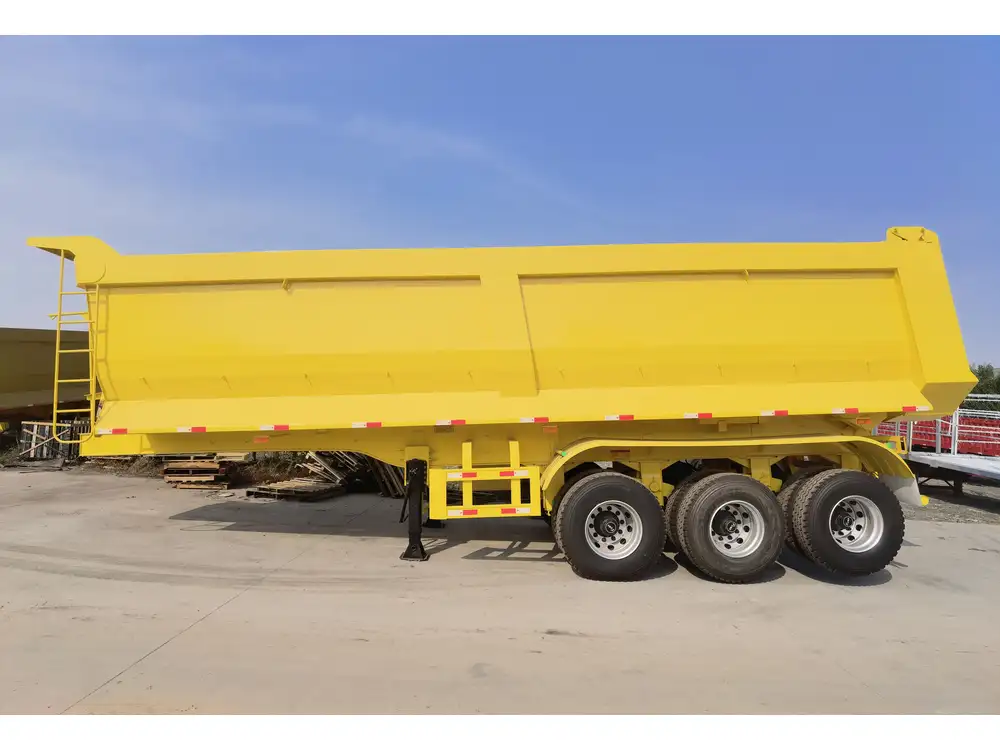
3. Bitumen Tankers
Designed for transporting asphalt and bitumen, these tankers often feature high-temperature insulation. Their length and dimensions may differ considerably, focusing on temperature management rather than just capacity.
4. Intermodal Tankers
These trailers are designed to be transported via various modalities (truck, rail, etc.), increasing their overall dimensions to ensure compatibility across different transportation methods.
Fuel Tanker Trailer Specifications
The construction of a fuel tanker trailer hinges on innovative features designed for performance, safety, and longevity:
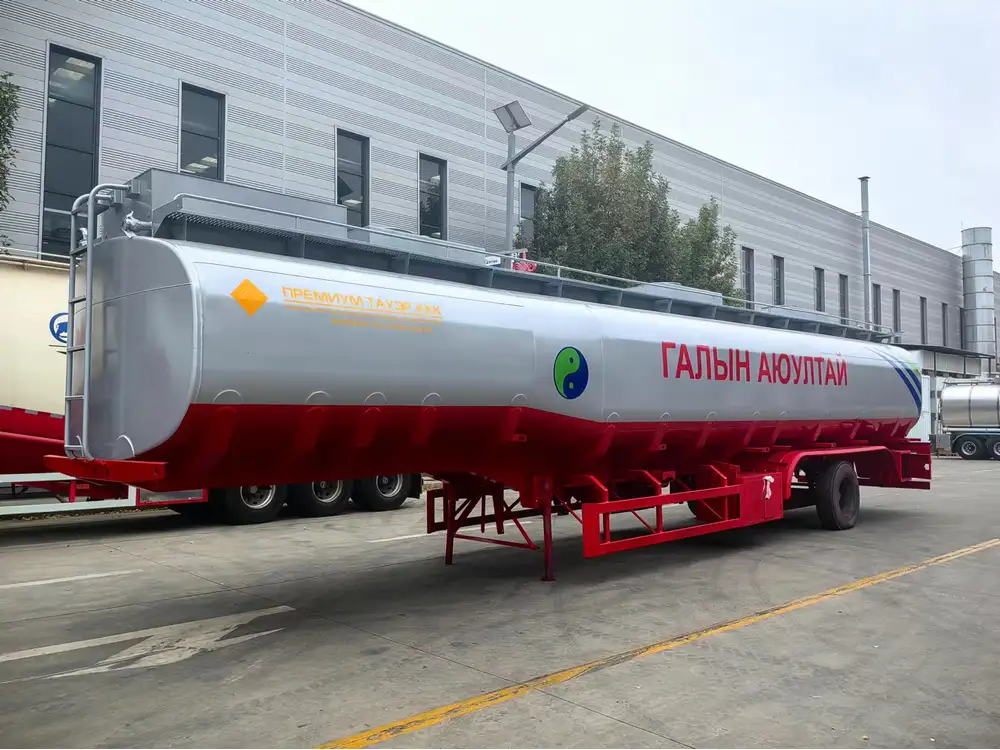
A. Material
The majority of fuel tanker trailers are constructed from robust materials like aluminum or stainless steel to withstand corrosive fuels while reducing overall weight.
B. Tank Design
The tank’s design is generally spherical or cylindrical, allowing for optimal fuel distribution and reducing the risk of spills.
C. Safety Features
Safety valves, spill containment systems, and pressure relief valves are integral to fuel tanker trailers. These components minimize the risk of leaks and ensure safe transportation.

D. Weight Distribution
Proper weight distribution is crucial for safety and stability during transport. Many manufacturers incorporate specialized loading designs to ensure even weight distribution.
Best Practices for Choosing a Fuel Tanker Trailer
When selecting a fuel tanker trailer, consider these key practices:
Evaluate Your Needs
- Assess your specific requirements regarding fuel type, volume, and transportation routes to determine the appropriate length and configuration.
Review Regulatory Requirements
- Familiarize yourself with local and national laws that govern trailer size and weight limits.
Prioritize Safety Features
- Opt for trailers with advanced safety technologies and materials to reduce risks associated with fuel transportation.
Consider Manufacturer Experience
- Partner with reputable manufacturers who have proven expertise in building fuel tanker trailers tailored for diverse applications.
Examine Resale Value
- Assess how the length and condition of the trailer can impact its future resale value. Trailers that comply with regulatory standards tend to hold their value better.
Review Maintenance and Service Options
- Choose manufacturers that offer comprehensive service plans and support, ensuring that your tanker trailer remains compliant and operational.
Conclusion: The Critical Role of Trailer Length in Fuel Transport
Understanding the dimensions and characteristics of fuel tanker trailers is crucial for making informed decisions in the logistics and transportation industry. The imperative “How long is a fuel tanker trailer?” extends beyond mere length—it’s a multi-faceted question involving compliance, safety, cost efficiency, and operational capabilities.
We hope this comprehensive guide assists stakeholders—be it manufacturers, buyers, or operators—in navigating the complex landscape of fuel tanker trailers. Proper knowledge of the sizing, configurations, and specifications enhances decision-making and fosters safe, efficient transport of fuel, a core element of modern-day logistics.
For personalized assistance or further questions about specific models and configurations, feel free to reach out for tailored recommendations suitable to your operational needs.



